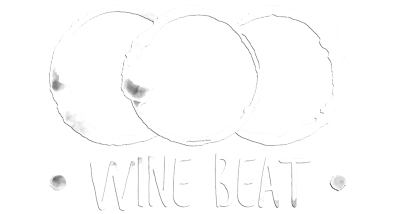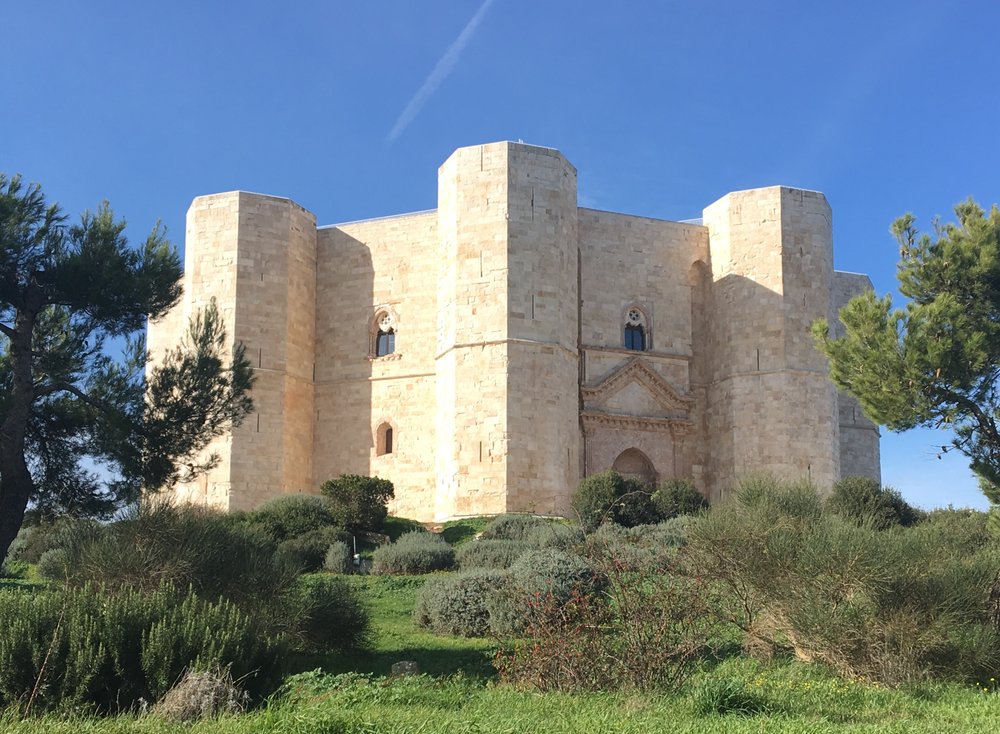
Castel del Monte lies in the heart of Puglia, the heel of the boot of Italy. Puglia is experiencing a wine renaissance and if there is a wine region within Puglia which best epitomizes the way this part of Italy can produce wines of exceptional refinement (despite Puglia’s long reputation as a producer of bulk wines) Castel del Monte is it.
Geographically Castel del Monte wine region has the advantage of rising altitude from the low plains of the coastal area. It therefore benefits from cooler night-time temperatures and moderating breezes. But the climate is still one of extremes, with hot summer weather juxtaposed with potentially very harsh winter weather. And thus a need for skilful viticulture. What the winemakers in Castel del Monte have done, though, is harness a suite of very powerful indigenous grape varieties. As a result they produce signature wines that are very much unique to this part of Italy.
Castel del Monte is also attractive because of the beautiful villages and towns scattered throughout the area. Minervino, the bustling Andria, Corato, the pretty seaside city of Trani, Ruvo di Puglia and others make the visit to Puglia remarkable.
Where is Castel del Monte?
Puglia is a large wine-producing area with several wine regions of interest to the adventurous wine traveler. The Castel del Monte wine region has a quite particular place in the province. Set in the hills above the main city of Bari and bordered by the provinces of Basilicata and Campania, Castel del Monte sits within striking range of many other phenomenal wine regions. One of Southern Italy’s most notable wine regions (Aglianico del Vulture) is next door and shares the flanks of the Vulture volcano and its rich soils with Castel del Monte.
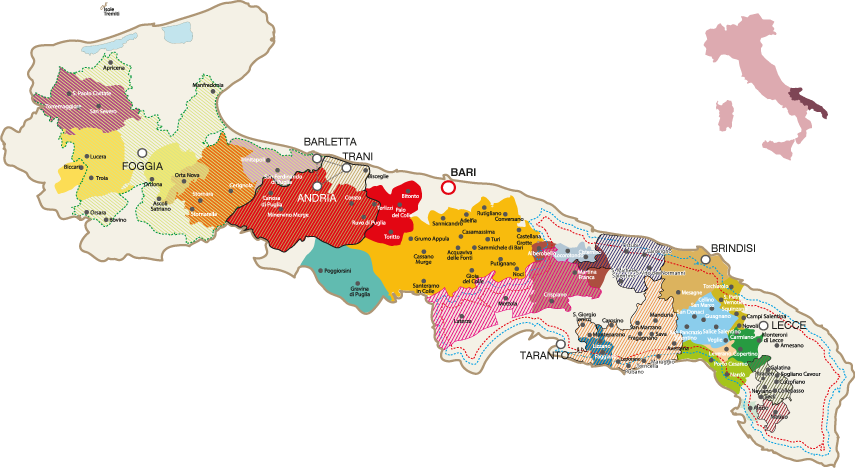
over the agricultural plains of the coast.
Why Castel del Monte for Wine?
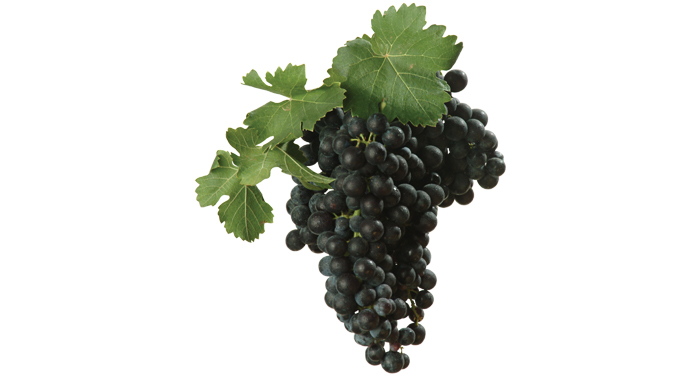
In recent years, the Castel del Monte wine region has begun to distinguish itself for producing wines of great interest from a fairly large portfolio of grapes. Although the most compelling are indigenous to the area, excellent wines are made by blending other Italian grape varieties as well as international varieties.
The robust Nero di Troia is most emblematic of this part of Puglia. It has an elegant bouquet of cherry, blackcurrant, black pepper, tobacco, and greenery, and a silky feel on the palate. Nero di Troia has medium acidity and noticeable tannins and so is often “softened” with Montepulicano. It is generally believed to have been imported in antiquity from Greece with the “Troia” perhaps referring to ancient Troy.
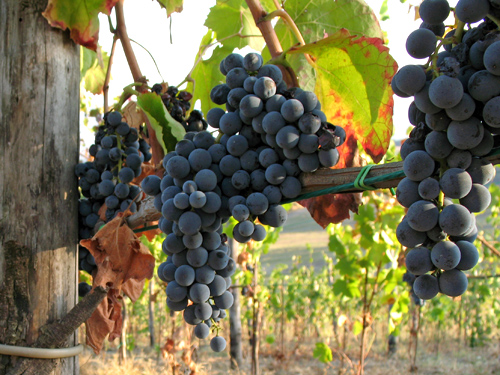
Aglianico is often associated closely with the volcanic soils of the area around the Vulture volcano. It is known for it’s big dark fruit and chocolate flavours but also its incredibly dense tannins. It’s become a rising star among wine aficionados – in part because of its long life and collectibility. In Castel del Monte it can achieve a softer and more immediately drinkable expression but it requires skilled winemaking.
Montepulciano. The signature grape of Abruzzo, to the north of Puglia along the Adriatic coast, is often used for blending with Nero di Troia to provide elegance and more immediate approachability.
Bombino Bianco. Watch out for this white grape. Although it has been around for a long time it has been largely consigned to low cost white wines. But when handled with skill in a modern winery the Bombino can produce a zippy, fresh and aromatic wine that is a huge pleasure to drink and demonstrates remarkable character.
Who are the Winemakers?
Rivera Estate has established a well-deserved international reputation for their consistent quality and graceful, if heady, wines. They continue to innovate and push the stylistic frontiers of Nero di Troia and Bombino Bianco.
Tormaresca Estate, part of the Antinori family’s stable of wineries, was very purposefully created by Marchese Piero Antinori. He was convinced of the singular potential of Castel del Monte to produce premium wines from this terroir and he set about to purchase some of the best land. Trentangeli is a terrific entry level wine.
Listen to the podcast with Maria Teresa Carlone of Tormaresca Estate
Torrevento makes Nero di Troia of tremendous elegance and also works with Aglianico, Bombino Bianco and other local varietals. They have attracted considerable international attention.
Read about Falanghina del Sannio on The Wine Beat
When to Visit?
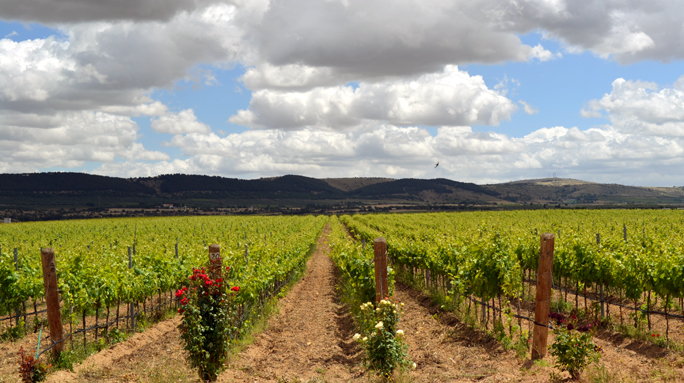
The periods from March to June experience mild spring weather. July and August are busy in the coastal resort towns and historic villages but September to November are beautiful and the cities and towns have a happy, relaxed vibrancy.
Useful Links:
Photos courtesy of winesofpuglia.com and The Wine Beat.
